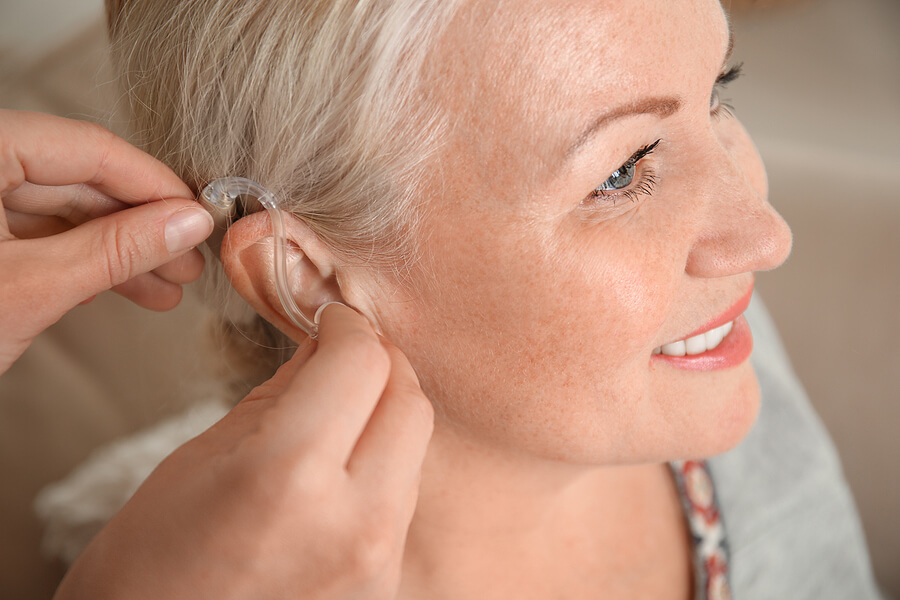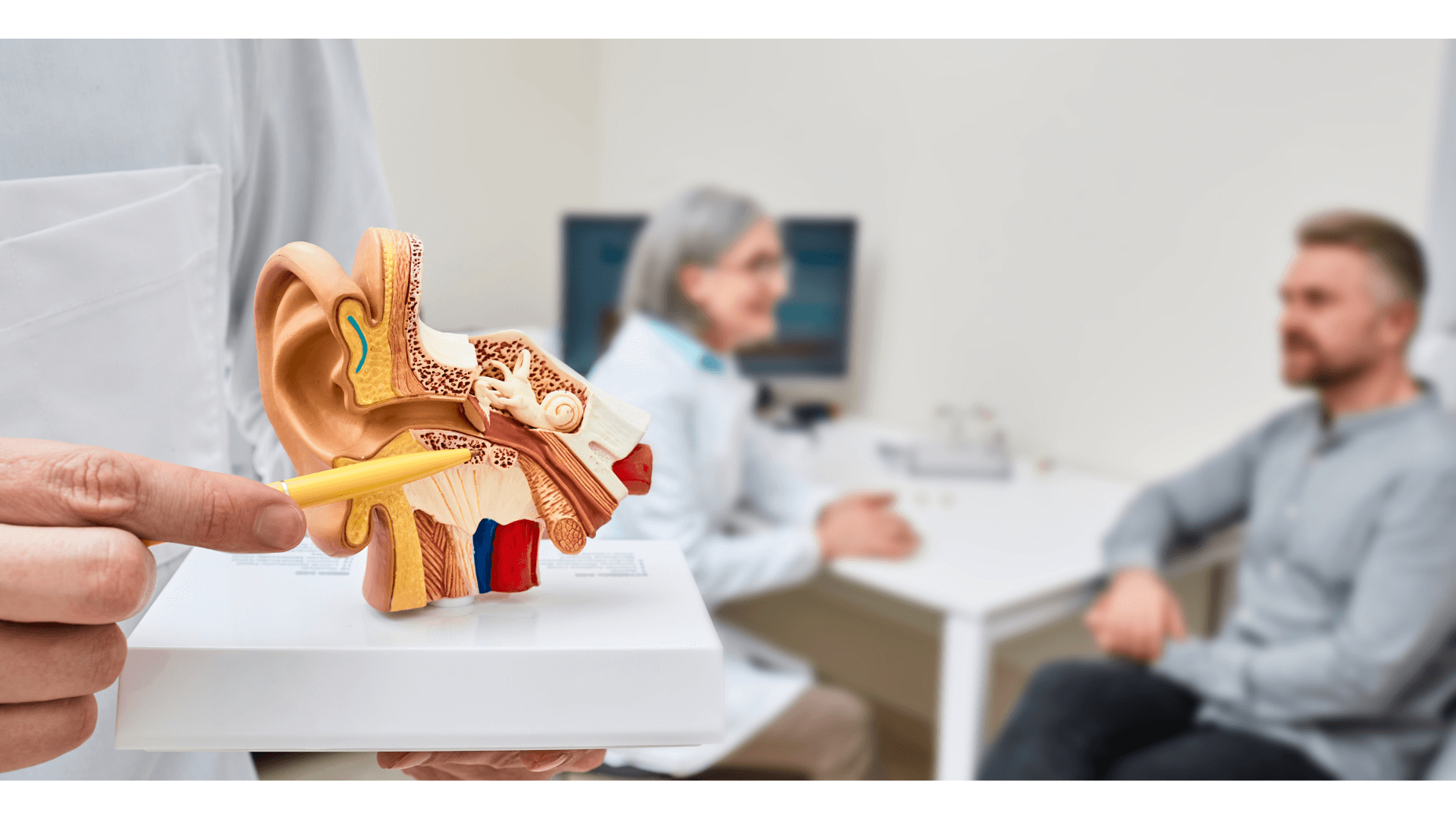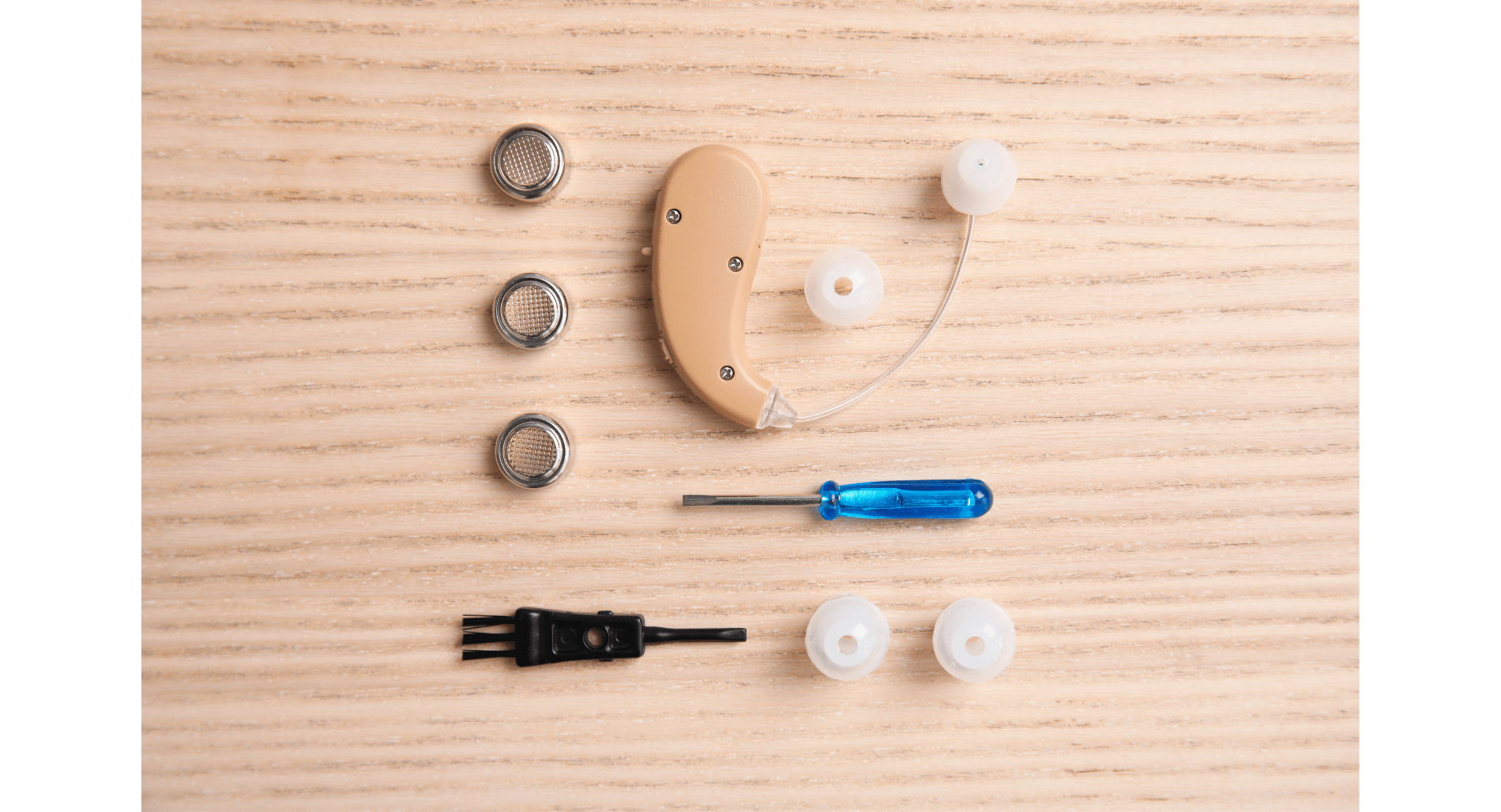
As hearing professionals, our commitment extends beyond the initial fitting of hearing aids. We understand the dynamic nature of hearing loss and the ever-evolving landscape of technology and research. In this article, we explore the critical signs that indicate it may be time to update your hearing aids. We delve into the latest advancements in hearing loss prevention, diagnosis, and management, incorporating recent research and futuristic interventions to underscore the importance of early detection.
Signs It’s Time for an Update:
Changes in Hearing Abilities:
One of the most apparent signs that your current hearing aids may need an update is a noticeable change in your hearing abilities. Over time, hearing loss can progress, and your current devices may no longer provide the optimal level of support. Regular hearing assessments are crucial for detecting changes in your hearing and ensuring your devices are adjusted accordingly.
Technological Advancements:
Hearing aid technology has undergone remarkable advancements in recent years. If your current devices lack features such as Bluetooth connectivity, noise cancellation, or advanced speech processing, it might be time to consider an upgrade. Newer models are designed to enhance the overall listening experience and offer greater customization to suit individual preferences.
Physical Wear and Tear:
Like any technology, hearing aids are subject to wear and tear. If you notice physical damage, such as cracks, malfunctioning buttons, or corrosion, it’s a clear indication that an upgrade is necessary. Regular maintenance and timely updates can ensure the longevity of your devices.
Advancements in Prevention, Diagnosis, and Management:
Early Detection through Advanced Screening:
Early detection is paramount in managing hearing loss effectively. With advancements in screening techniques, hearing professionals can now identify potential issues at earlier stages. Comprehensive audiometric tests and screenings, including high-frequency testing, provide a more nuanced understanding of an individual’s hearing health.
Personalized Hearing Solutions:
The era of one-size-fits-all hearing aids is behind us. Modern technology allows for highly personalized hearing solutions. Genetic factors, lifestyle, and specific listening environments are taken into account to tailor hearing aids to each individual’s unique needs. This level of customization ensures a more precise and effective hearing aid experience.
Telehealth in Hearing Care:
The global shift towards telehealth has also impacted the field of audiology. Remote hearing assessments and virtual consultations enable individuals to receive timely care without the need for in-person visits. This not only enhances accessibility but also encourages more frequent monitoring of hearing health.
Futuristic Interventions:
Gene Therapy for Hearing Loss:
Cutting-edge research in gene therapy holds promise for the treatment of certain types of hearing loss. While still in the experimental stages, the potential to address the root causes of genetic hearing disorders could revolutionize the way we approach hearing care. Stay informed about ongoing research in this exciting field.
Cochlear Implants and Brain-Computer Interfaces:
Cochlear implants have been a transformative solution for severe hearing loss, and ongoing research explores the integration of brain-computer interfaces. This futuristic approach aims to bypass damaged parts of the auditory system, offering hope for individuals with profound hearing loss.
Importance of Early Detection:
Preserving Cognitive Function:
Recent studies have highlighted the strong connection between untreated hearing loss and cognitive decline. Early detection and intervention not only improve hearing outcomes but also contribute to preserving cognitive function. Regular check-ups with a hearing professional can play a crucial role in maintaining overall brain health.
Enhancing Quality of Life:
Timely updates to hearing aids contribute significantly to an individual’s quality of life. Improved hearing facilitates better communication, reduces social isolation, and enhances overall well-being. By staying proactive about hearing health, individuals can lead fuller, more engaged lives.
Conclusion:
As hearing professionals, our commitment extends to the holistic care of our patients. Recognizing the signs that it’s time to update hearing aids is crucial for maintaining optimal hearing health. Embrace the advancements in prevention, diagnosis, and management, and consider the potential of futuristic interventions. Early detection remains the linchpin, providing the foundation for effective hearing care and a better quality of life. Together, let us navigate the evolving soundscape, ensuring that every individual has the opportunity to hear and connect with the world around them.

A Comprehensive Look at Conductive Hearing Loss
Matthew Favinger, M.S., F-AAA

Why Your Ears Hurt
Matthew Favinger, M.S., F-AAA

